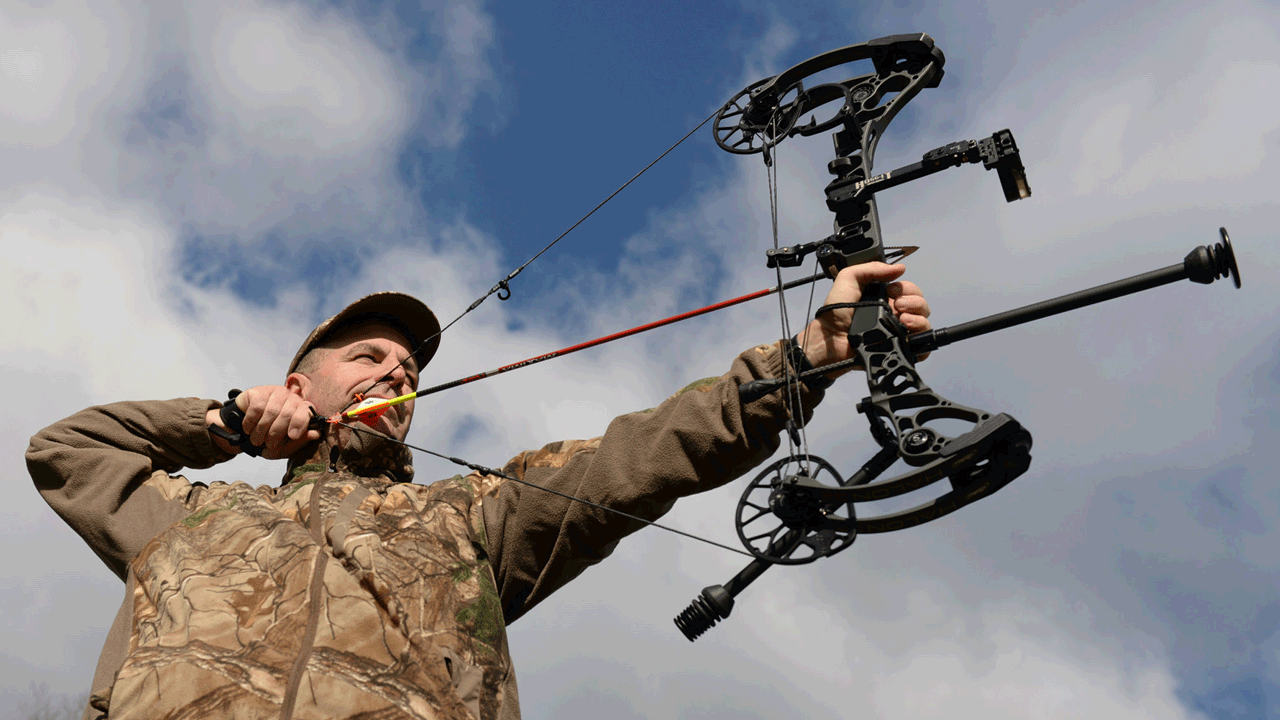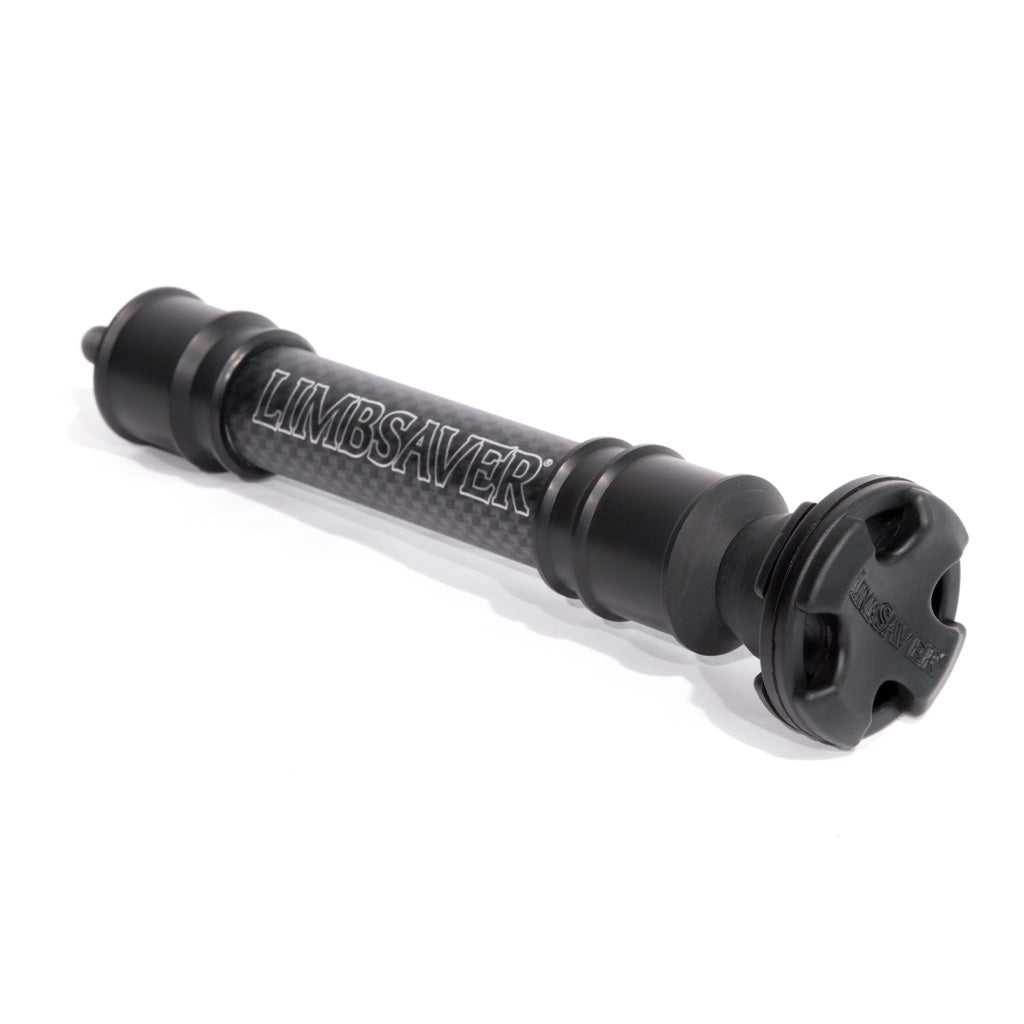Optimize Your Archery Efficiency With the Perfect Stabilizer: a Thorough Buyer's Guide
Archery lovers recognize the relevance of having the right equipment to boost their performance. While arrows and bows may take the limelight, a crucial item of gear that often goes ignored is the stabilizer. A stabilizer can dramatically affect your shooting precision and security, however discovering the best one can be a challenging task. In this extensive purchaser's guide, we will explore the different kinds of stabilizers, key elements to take into consideration, the value of correct size and weight, choosing the best damping system, and maintenance ideas. Whether you're an experienced archer or just starting, this guide will certainly help you browse the world of stabilizers and maximize your archery performance.
Kinds Of Stabilizers
There are three primary kinds of stabilizers commonly utilized in archery efficiency. These stabilizers play an important duty in improving precision and reducing bow torque. The very first kind is the lengthy rod stabilizer.
The second type of stabilizer is the side rod stabilizer. Side rod stabilizers are attached to the side of the bow and assistance counterbalance any type of lateral activities.
The third type of stabilizer is the V-bar stabilizer. V-bar stabilizers are typically used in conjunction with side rod stabilizers to additionally improve security.
When choosing the right tools to maximize archery performance,Understanding the various types of stabilizers is important. Each stabilizer type serves a particular objective, and selecting the suitable combination can dramatically enhance precision and consistency on the range or in the area.
Key Elements to Consider

Primarily, it is important to take into consideration the length and weight of the stabilizer. Longer stabilizers offer enhanced stability and balance, while much shorter ones supply even more ability to move. The weight of the stabilizer affects the overall equilibrium of the bow, and it is necessary to discover a stabilizer that matches the weight of your bow.
One more essential factor to take into consideration is the product of the stabilizer. Stabilizers are generally made from light weight aluminum, carbon, or a combination of both. Aluminum stabilizers are durable and give exceptional resonance wetting, while carbon stabilizers are lightweight and offer premium resonance absorption.
Additionally, it is necessary to review the style and adjustability of the stabilizer. Some stabilizers come with flexible weights and dampeners, enabling you to customize the equilibrium and vibration control. Furthermore, thinking about the placing choices and compatibility with your bow is vital to ensure a correct and secure fit.
Last but not least, budget plan is a significant aspect to consider. Stabilizers are available in a series of costs, and it is vital to find one that fits within your spending plan while still meeting your efficiency requirements.
Significance of Correct Length and Weight

Appropriate size and weight are important elements that significantly affect the performance of an archery stabilizer. The size of the stabilizer determines its performance in decreasing bow torque and resonances. archery stabilizer. Longer stabilizers offer better stability and balance, resulting in enhanced precision and consistency in arrowhead flight. On the other hand, much shorter stabilizers are extra maneuverable and supply better control throughout quick target purchase. Therefore, it is necessary to consider the shooting style, target range, and individual preference when selecting the size of a stabilizer.
Likewise, the weight of the stabilizer plays an essential function in accomplishing optimum efficiency. A heavier stabilizer takes in a lot more vibration and lowers bow movement during the shot, resulting in a steadier objective and tighter groups. A stabilizer that is as well heavy can trigger exhaustion and influence the shooter's capacity to hold consistent. It is necessary to strike a balance between weight and maneuverability to promote comfy capturing and keep uniformity.
Moreover, the size and weight of the stabilizer must be suitable with the archer's physical strength and capturing method. By selecting the appropriate length and weight, archers can optimize their stability, minimize bow torque, enhance precision, and improve overall efficiency. It is suggested to consult with experienced archers or specialists to guarantee the most effective suit between the stabilizer and private shooting needs.
Picking the Right Damping System
The choice of an appropriate damping system is crucial in maximizing the performance of an archery stabilizer. A damping system is made to decrease the resonances and sound generated when an arrowhead is released, supplying the archer with a more steady and accurate shot. When selecting the ideal damping system for your stabilizer., there are numerous factors to consider.
Firstly, it is essential to think about the sort of product utilized in the damping system. Rubber and rubber-like materials are commonly utilized as a result of their ability to absorb vibration successfully. These products are lightweight and additionally durable, making them suitable for archery stabilizers.
Second of all, the layout of the damping system should be considered (archery stabilizer). Try to find a system that provides numerous get in touch with factors with the stabilizer, as this will distribute the vibrations more evenly and even more enhance the stabilizer's effectiveness
Furthermore, consider the adjustability of the damping system. Being able to fine-tune the degree of damping can be advantageous, as various archers might have differing preferences and shooting styles.
Lastly, it is essential to guarantee that the chosen damping system is compatible with your stabilizer. Examine the measurements and specs to guarantee a proper fit.
Upkeep and Treatment Tips
To make certain optimal performance and long life of your archery stabilizer, it is important to implement correct maintenance and care strategies. Normal maintenance not just stops wear and tear however likewise helps recognize see this page any type of possible concerns prior to they become significant issues. Among the initial steps in keeping your stabilizer is to clean it consistently. Utilize a soft cloth or brush to eliminate dirt, dirt, and debris from the stabilizer and its parts. Pay special interest to the weight system, as dirt can gather in the threads and influence its performance. Additionally, check all the parts of the stabilizer for any type of indications of damage or wear, such as fractures or loose screws. It is important to address them without delay to protect against further damages if any problems are detected. Lubing the relocating components of the stabilizer, such as the dampers and weight system, is also crucial to make certain smooth operation. Utilize a high-quality lube advised by the manufacturer and comply with the guidelines given. Lastly, shop your stabilizer in a trendy, dry location far from straight sunlight and extreme temperature levels to prevent bending or various other damage. By following these maintenance and care pointers, you can maximize the performance and longevity of your archery stabilizer.
Conclusion
To conclude, choosing the best stabilizer for archery is essential for taking full advantage of performance. By considering aspects such as stabilizer type, size, weight, and damping system, archers can enhance their accuracy and stability. Additionally, correct upkeep and care of the stabilizer is important for its long life and ideal functioning. With the ideal stabilizer and correct interest to these variables, archers can enhance their general archery experience.
The second type of stabilizer is the side pole stabilizer.The third kind of stabilizer is the V-bar stabilizer. V-bar stabilizers are generally made use of in conjunction with side pole stabilizers to better enhance stability. review The weight of the stabilizer impacts the total balance of the bow, and it is crucial to Resources find a stabilizer that matches the weight of your bow.
Light weight aluminum stabilizers are resilient and give excellent vibration wetting, while carbon stabilizers are light-weight and offer exceptional vibration absorption.
Comments on “Opening Accuracy: The Advantages of Using Archery Stabilizers”